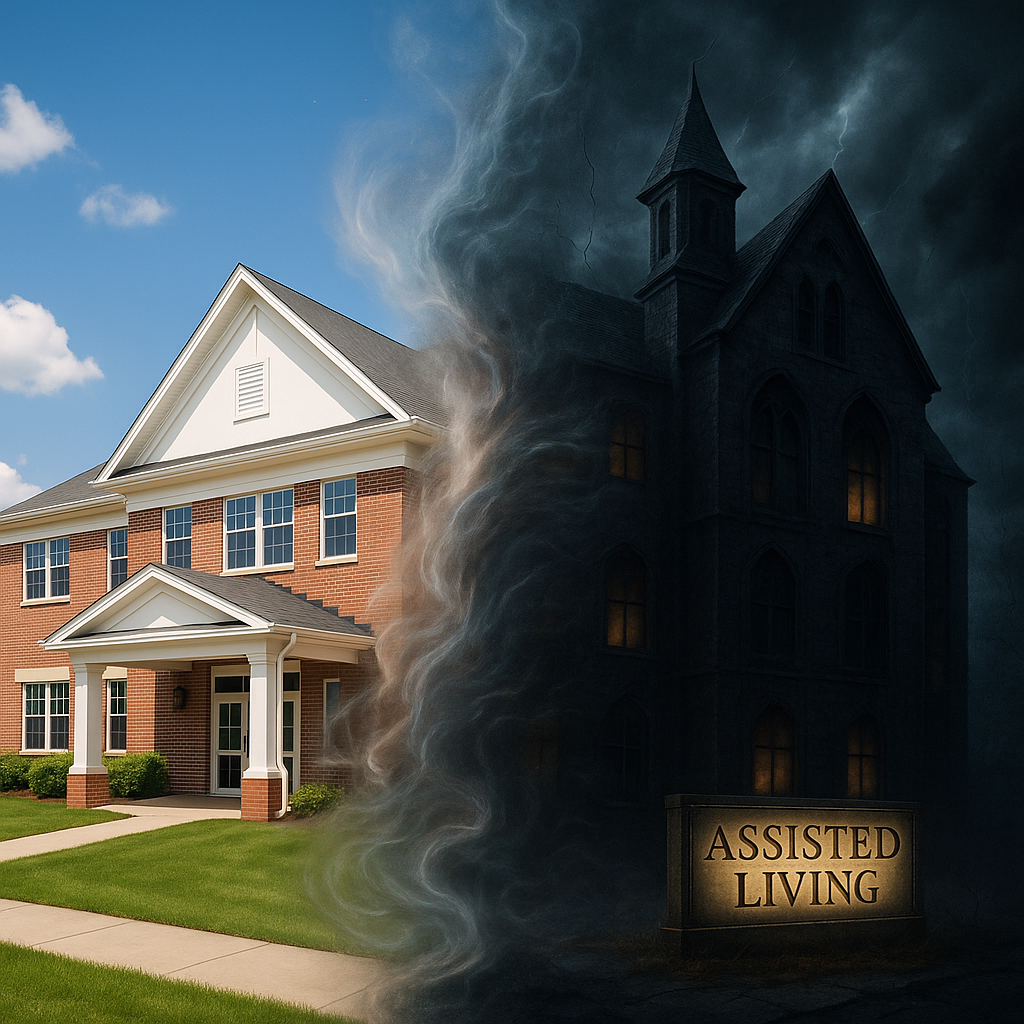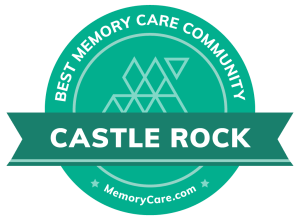BLOG
The Five Pitfalls of Large Assisted Living Facilities
Choosing the right assisted living facility for a loved one is a crucial decision that many families face. While large assisted living facilities offer a broad range of services and amenities, they may not be the perfect fit for everyone. Here are five common pitfalls of large assisted living facilities that are worth considering.
1. Lack of Personalized Care
The Challenge of Scale
Large assisted living facilities often house a significant number of residents, which can make it challenging to provide personalized care to each individual. Staff may be stretched thin, and residents might not receive the one-on-one attention they need.
The Importance of Individual Attention
Personalized care is crucial for the well-being and happiness of residents, especially those with specific health care needs or preferences. The lack of personalized attention can lead to feelings of neglect and isolation among residents.
2. Overwhelming Environment
Navigating Large Spaces
The sheer size of large facilities can be overwhelming for residents, particularly those with mobility issues or cognitive impairments like dementia. Navigating through large, complex buildings can be a significant challenge.
Social Overload
Large facilities also mean larger social groups, which can be overwhelming and intimidating for some residents, making it harder for them to form meaningful connections.
3. Inflexible Schedules and Services
One-Size-Fits-All Approach
Large facilities often operate on fixed schedules and standardized services that may not accommodate the unique preferences or needs of all residents. This lack of flexibility can be frustrating for residents used to a more personalized routine.
4. Higher Costs
Paying for Scale
The extensive amenities and services offered by large facilities come at a cost, often making them more expensive than smaller, more personalized options. However, the higher cost does not always guarantee better or more personalized care.
Hidden Fees
Additionally, families might encounter hidden fees for services or amenities that are not included in the base cost, further increasing the financial burden.
5. Impersonal Community Atmosphere
Difficulty in Fostering Close Relationships
In large facilities, the vast number of residents can dilute the sense of community and make it hard for individuals to form close, personal relationships. This can lead to feelings of loneliness and isolation.
The Value of a Close-Knit Community
A close-knit community is crucial for emotional support and overall well-being, making this a significant consideration for families choosing an assisted living facility.
Conclusion
While large assisted living facilities might seem inticing, they may not be the best option for everyone. It's essential for families to consider these pitfalls and weigh them against their loved one's needs and preferences. Personal visits, detailed discussions with staff, and feedback from current residents and their families can provide invaluable insights into whether a facility is the right fit.
Choosing the right assisted living option is a deeply personal decision that should be made with careful consideration of the needs and desires of the individual. Remember, the goal is to find a place where your loved one will feel comfortable, cared for, and happy.















